Welcome, fellow adventurers, to the untamed realm where survival meets serenity—the wilderness. In this guide, we’ll delve into the art of Bushcraft Shelter Building, a skill set that transforms the wild into your home away from home. As someone who’s wandered through diverse landscapes, facing everything from torrential rain in the Amazon to the biting cold of the Himalayas, I’m thrilled to share the wisdom of crafting shelters that stand resilient against nature’s whims.
The Vital Role of Shelter in Bushcraft
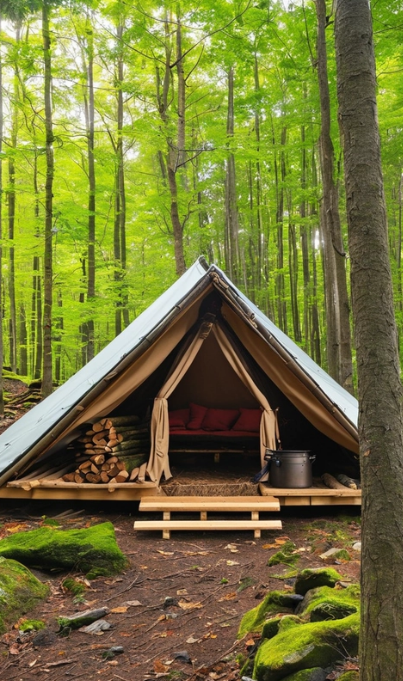
Embracing the Elements
Picture this: You’re in the heart of a dense forest, rain pouring relentlessly. That’s when the significance of shelter becomes crystal clear. In my journey through the Amazon, a hastily crafted shelter became my refuge, turning a stormy night into a story of resilience.
A Safe Haven in the Wilderness
Shelter is not just about staying dry; it’s about creating a haven in the midst of the wild. Whether it’s protection from wildlife or a cozy spot to rest after a day of exploration, your Bushcraft shelter is your sanctuary.
Understanding Different Types of Bushcraft Shelters
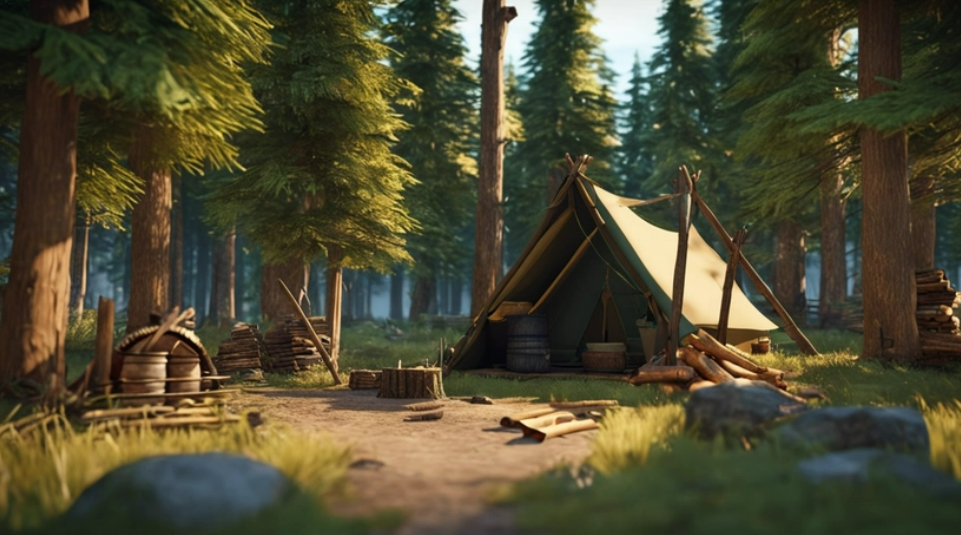
Lean-tos: A Classic Choice
When it comes to simplicity and quick setup, lean-tos are the go-to. In the temperate forests of North America, I’ve found lean-tos to be reliable, offering straightforward construction and adequate protection.
Debris Huts: Nature’s Insulation
In colder climates, debris huts shine. By layering natural materials like leaves and branches, you not only insulate your shelter but also blend seamlessly into the environment. I learned this firsthand, nestled in a debris hut under the starlit sky in the Himalayas.
Essential Tools and Materials for Bushcraft Shelter Building
The Survival Knife: Your Trusted Companion
A survival knife is to a Bushcrafter what a brush is to an artist. It’s your tool for shaping and crafting. On a rocky island off the coast of Scotland, my survival knife became an extension of my hand as I fashioned branches into a sturdy framework.
Cordage: Nature’s Duct Tape
Cordage is the unsung hero of Bushcraft shelter building. In the dense jungles of Borneo, I discovered the versatility of vines and plant fibers, binding together the elements of my shelter with nature’s own duct tape.
Tarp or Poncho: Instant Protection
In the unpredictable wilderness, having a reliable tarp or poncho is like having a portable roof. It was in the Australian Outback that I realized the convenience of quickly deploying a tarp to shield myself from the scorching sun.
Natural Materials: Blend and Adapt
Foraging for natural materials is an art in itself. In the deciduous forests of Europe, I gathered leaves and branches, adapting my shelter to the environment. The key is to blend seamlessly with nature while ensuring durability.
Step-by-Step Guide to Building a Basic Bushcraft Shelter
Selecting a Suitable Location
Choosing the right spot is paramount. In the arid landscapes of the Sahara, finding a location shielded from the relentless wind was the first step in creating a comfortable shelter.
Constructing a Sturdy Framework
The framework is the skeleton of your shelter. In the dense woods of Canada, I spent a night under the stars, my shelter standing tall thanks to a robust framework crafted from fallen branches.
Adding Insulation and Weatherproofing
Surviving the biting cold requires proper insulation. High in the Andes, I layered natural materials to create a barrier against the mountain chill, turning a potential ordeal into a cozy night at altitude.
Finalizing the Shelter for Comfort and Safety
Completing your shelter involves thoughtful finishing touches. In the Australian rainforest, I added a raised floor to protect against ground-dwelling critters, ensuring a peaceful night’s sleep.
Adapting Shelter Building Techniques to Diverse Environments
Coastal Areas and Beach Shelters
The coast presents unique challenges, but it also offers abundant resources. In the Caribbean, I utilized driftwood and palm fronds to construct a makeshift shelter, proving that even sandy shores can become a comfortable abode.
Mountainous Regions and Elevation Considerations
Building shelters at higher altitudes requires careful consideration. In the Rockies, adapting to thinner air and sudden weather changes became essential for a successful shelter-building experience.
Bushcraft Shelter Building Tips and Tricks
Improvisation for Unexpected Challenges
Bushcraft is about adaptability. In the marshlands of Louisiana, unexpected high tides forced me to improvise, using elevated platforms to keep my shelter dry—an on-the-spot lesson in quick thinking.
Integrating Natural Surroundings
Your surroundings are your toolbox. In the dense forests of Japan, I wove branches and leaves into my shelter, not just for functionality but also for added camouflage. Nature provides, and Bushcraft is about working with what you have.
Troubleshooting Common Shelter Building Issues
Stability Concerns in Windy Conditions
Windy nights can test the stability of your shelter. Along the windy coasts of Patagonia, I reinforced my shelter with additional supports, ensuring it withstood the fierce gusts.
Water Drainage and Prevention of Flooding
In the swampy terrains of Florida, where water seems to have a mind of its own, I elevated my shelter on a natural berm, preventing unwanted flooding during heavy rains.
Safety Measures and Leave-No-Trace Principles
Choosing Stable Sites
Selecting a stable site is not just about convenience but safety. In the rocky terrains of the Grand Canyon, I carefully assessed the ground to avoid potential rockslides and ensure a secure night’s rest.
Fire Safety in Proximity to Shelters
Fire is a Bushcrafter’s companion, but safety is paramount. In the Australian bush, I maintained a safe distance between my shelter and the campfire, preventing sparks from reaching the dry foliage.
Practicing Ethical Foraging
Foraging is an integral part of Bushcraft, but it comes with responsibilities. In the lush forests of New Zealand, I practiced ethical foraging, taking only what I needed and leaving no trace behind.
Conclusion
As we wrap up this guide to Bushcraft Shelter Building, I hope you feel inspired and empowered to turn the wilderness into your home sweet home. Remember, the art of shelter building is not just about survival; it’s about thriving in the heart of nature.
Have you tried your hand at Bushcraft shelter building? Share your stories, tips, and challenges in the comments below. Let’s build a community where the wisdom of the wild is shared, and every adventurer finds their home sweet wilderness. Happy building!

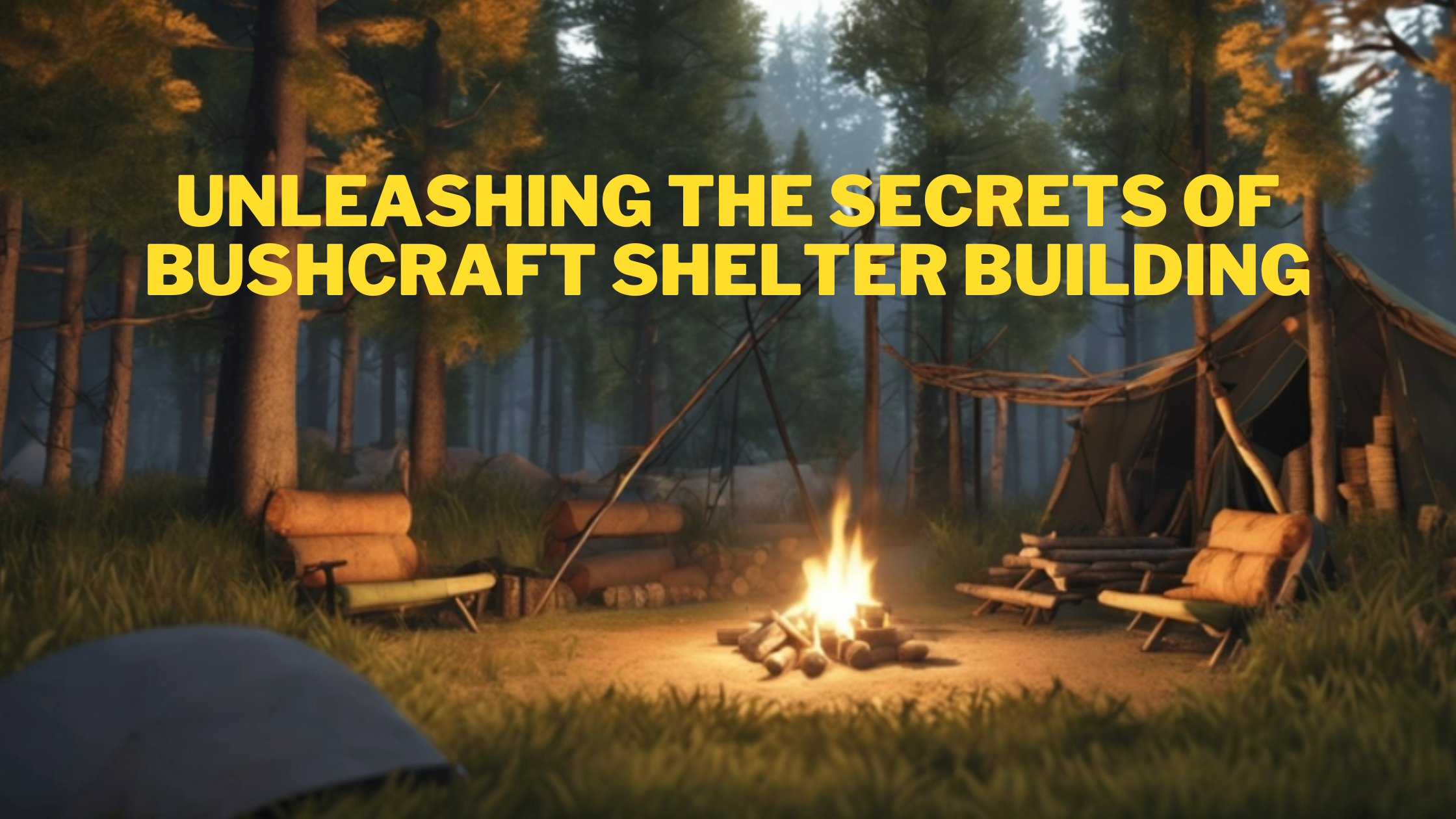

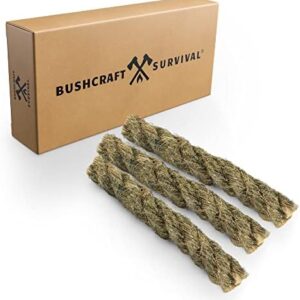

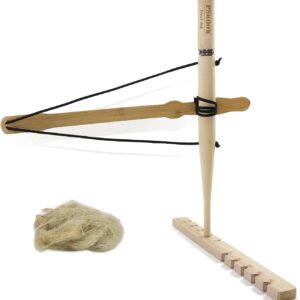




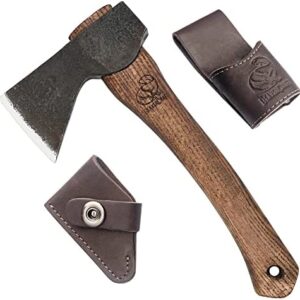
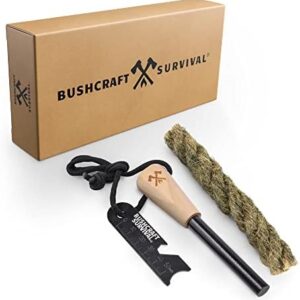
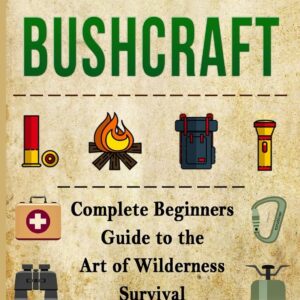
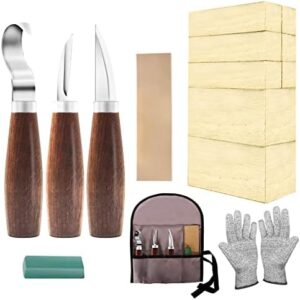
0 Comments